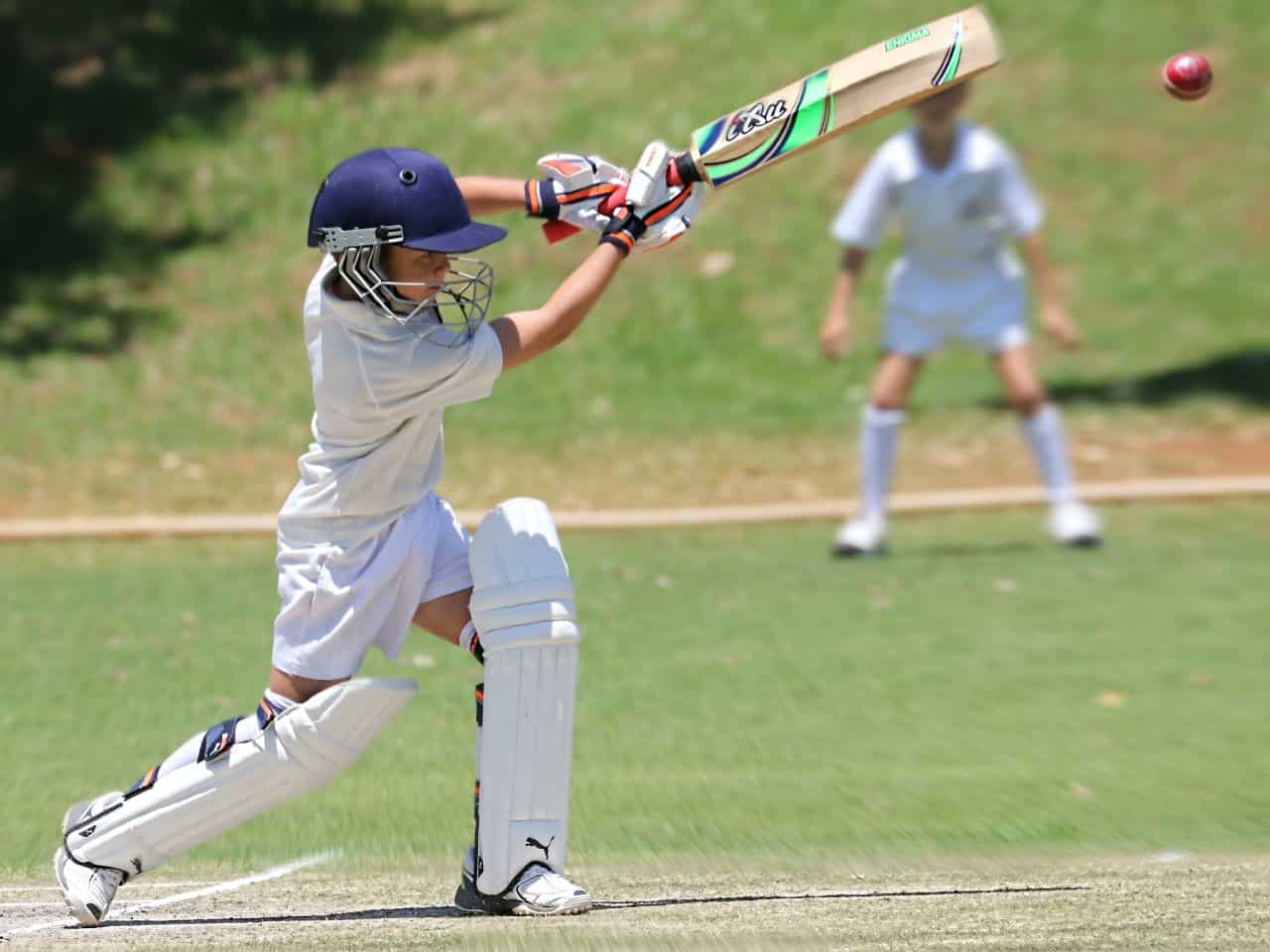In the ever-evolving world of cricket, understanding the intricacies of analysis has become a pivotal aspect. Beyond the bat and ball, a wealth of data and statistics offers insights into team strategies, player performance and match outcomes. This introduction sets the stage to delve into the captivating realm of cricket analysis. Data-driven and strategic revelations intertwine to shape the course of the game as we know it.
Key Metrics in Cricket Analysis
There are fundamental statistical measurements that offer insights into a player’s or team’s performance on the field. For batsmen, metrics like batting average, strike rate and boundary percentages unveil their consistency and scoring prowess. Bowlers’ economy rates, strike rates and wicket-taking ability provide a snapshot of their effectiveness.
Fielding metrics, including catches, run-outs and overall fielding efficiency, highlight a player’s agility and contribution on the field. These metrics are heavily employed by cricket betting sites to compare across eras, players and formats. They aid in talent identification and strategic decision-making.
Advanced Performance Metrics
Advanced performance metrics offer a deeper understanding of a cricketer’s impact beyond traditional statistics. These metrics delve into the nuances of player contributions, enabling a comprehensive evaluation of their influence on the game. Player impact scores quantify overall effectiveness, considering batting, bowling and fielding performances.
Expected data models compare actual outputs with predicted values, highlighting consistency and outlier performances. Additionally, clutch performance analysis measures players’ abilities under pressure, unveiling their temperament and adaptability during critical moments. These advanced metrics enhance decision-making for teams and selectors, enabling them to identify players who thrive in various scenarios.
Trends and Patterns
In cricket analysis, trends and patterns provide invaluable insights into the game’s dynamic nature. By meticulously scrutinising historical data, teams can discern winning strategies, player behaviours and performance trajectories. Leveraging data analytics in cricket, such as team performance trends aid in adapting strategies to prevailing conditions and opponents. The study of opposition patterns assists teams in exploiting weaknesses and devising effective game plans.
Furthermore, the influence of pitch conditions, weather, and location on player and team performance can be identified through pattern analysis. As technology advances, real-time data integration offers a comprehensive view of evolving trends during matches. By deciphering these intricate trends and patterns, teams gain a competitive edge. It helps foster a data-driven approach to cricket that continues to reshape the sport.
Data Visualisation in Cricket Analysis
Data visualisation is pivotal in cricket analysis, transforming complex statistics into insightful narratives. Infographics, charts and heat maps simplify intricate player and team performance data, aiding experts and fans in understanding the game’s nuances. Through intuitive visuals, batting averages, bowling economies and fielding efficiencies become digestible, highlighting trends and anomalies.
Graphical representations comprehensively view player strengths, weaknesses and historical trajectories. Furthermore, real-time visualisations enhance fan engagement, fostering a deeper connection with the sport. Data visualisation continues to evolve as technology advances, offering innovative perspectives that guide strategic decisions and enrich the cricketing experience.
Innovative Strategies Derived from Analysis
Cricket analysis has birthed a new era of innovative strategies that transcend traditional playbooks. Teams now leverage data-backed insights to make informed decisions on powerplays, deathovers and field placements. For instance, in limited-overs cricket, data-driven approaches have revolutionised batting orders, ensuring aggressive play during powerplays to capitalise on field restrictions. Bowling strategies have evolved too, with detailed batter profiles aiding in selecting deliveries that exploit weaknesses.
Moreover, field placements are meticulously designed using historical data, anticipating where batters are likely to direct shots. As analysis continues to deepen, so does the creativity of strategies, allowing teams to adapt dynamically to changing conditions and opponents. The synthesis of technology and cricketing acumen has reshaped the game, pushing boundaries in pursuit of victory.
Challenges and Limitations of Cricket Analysis
Cricket analysis, while a potent tool, faces inherent challenges and limitations. Overreliance on data can overshadow the nuances of on-field dynamics, like a player’s form or the game’s emotional ebbs. Intangibles like leadership, team chemistry and momentum often elude statistical quantification.
The evolving nature of cricket demands adaptation from analysis tools as strategies shift swiftly in response to changing conditions. The human element cannot be dismissed; players’ spontaneous decisions and the unpredictable nature of cricket defy complete algorithmic prediction. Data accuracy and availability pose hurdles, especially in less-documented matches. Striking a balance between the insights drawn from data and the realities of the cricketing arena remains crucial.
The Impact of Technology on Cricket Analysis
Technological advancements, such as Hawk-Eye, Hotspot and Snickometer, have ushered in a new era of precision and accuracy in decision-making. These tools provide instant visual feedback for umpires and players, reducing controversies and enhancing the integrity of the game.
Data-driven insights have infiltrated strategies, empowering teams with invaluable information on player performance, opposition tendencies and pitch behaviour. Technology integration has elevated the spectator experience and provided players and coaches with toolkits for devising winning strategies. Looking ahead, the continued fusion of technology with cricket analysis promises further insights.
In conclusion, cricket analysis is the compass guiding modern cricket’s evolution. Through meticulous metrics and innovative strategies, this analytical approach empowers teams to unravel nuances, make informed decisions and shape the sport’s exciting future




